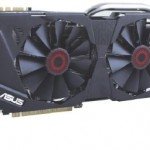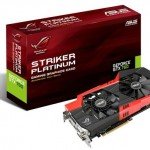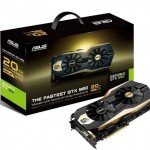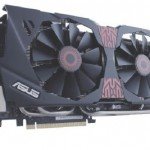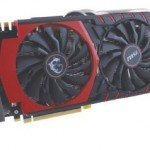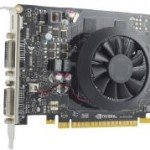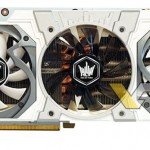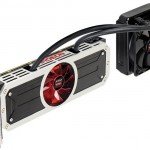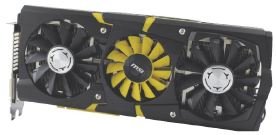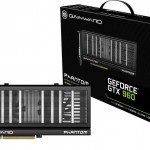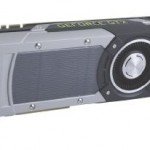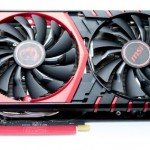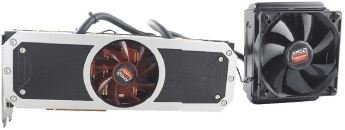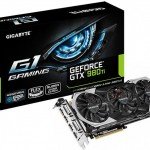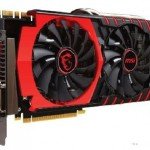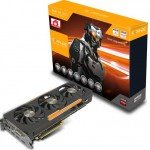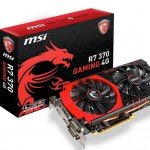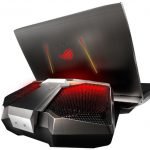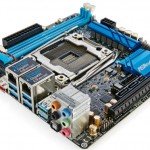ASUS ROG Poseidon Platinum GTX 780
ASUS ROG Poseidon Platinum GTX 780 Review – When it comes to combining two things together to make life easy for consumers, ASUS seems to be right at the front of the pack. That same idea has somehow spilled over from their mobile computing division to their hardware division and the ASUS ROG Poseidon Platinum GTX 780 is proof, as they have managed to fit a graphics card with both air and liquid cooling solutions.
ASUS ROG Poseidon Platinum GTX 780, Ruler Of Two Realms
Using NVIDIA’s GeForce GTX 780 as a base, ASUS removed the stock cooling solution and have replaced it with their very own revolutionary DirectCU H2O. Now while it does bear the DirectCU name, it is definitely much slimmer but doesn’t lack that same ruggedness of the other “original” DirectCU coolers. With that being said though, this card will take up a little bit of space on a motherboard and can even be a problem if you rely on a large high-performance CPU cooler. But if you already have this card in your system, we’re sure you’re going to opt for a fully liquid-cooled system.
Speaking of liquid cooling, this card actually comes ready for those who do want a liquid-cooled system. The major advantage of the DirectCU H2O cooling solution is the fact that users won’t have to remove the card’s original cooling solution to fit it with waterblocks. This will definitely reduce headaches and potential heartaches. Its water channel comes with standard G1/4-inch threaded fittings but can easily be fitted with different sized barbs of a user’s choice. This means the card will work with just about any liquidcooling solution on the market. Then again, even without liquid cooling, the air cooling solution managed to keep the card just slightly warm to the touch even after our long and strenuous test sessions.
Out of the box, ASUS have already given the card’s core clock a 61MHz boost, while it isn’t much, the vanilla card is already very powerful, so it produced impressive scores on all our benchmarks. But if a core clock of 954MHz isn’t enough for you, there’s plenty of overclocking headroom for this card. Even on air cooling, we managed to crank it up to 1100MHz, where the card produced a score of 5,139 in 3DMark’s Fire Strike Extreme test, which is 400 points more than its default setting. So imagine what you could do with a liquid cooling solution.
Pros
- Performance
- DirectCU H2O cooler
- Plenty of overclocking headroom
Cons
- Price
- Air cooling a bit noisy
ASUS ROG Poseidon Platinum GTX 780 Specifications
- Chipset: NVIDIA GeForce GTX 780
- Core Clock: 954MHz
- Memory Size: 3GB GDDR5
- Ports: 1x DVI-D, 1x DVI-I, 1x HDMI, 1x DisplayPort


